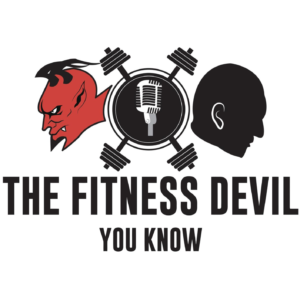Happy Holidays fitness friends!
I wanted to share two podcasts, a new blog post, and the Instagram content that I’ve been cranking out over the past couple of weeks. I hope you enjoy!
In my latest BLOG POST, I talk about my experience with only performing three lifts (hip thrust, leg extension, and leg curls) and how they allowed me to maintain my deadlift and squat strength. You can see the video HERE.
The Fitness Devil Podcast

In THIS podcast, we talked about my journey to opening up Glute Lab, gym etiquette, and how I handle the criticism I receive in this industry.
Barbell Shrugged Podcast

First thing’s first. I did not come up with the title. I would not have approved of it if they ran it by me, but they didn’t. If you listen to the podcast, you’ll realize that this was not the gist of my talk and that there are some excellent nuggets of wisdom to glean. I used to write for TNation back in the day, but stopped because they’d pull this clickbait crap on me and change the names of my titles to controversial ones that would rile people up. But I digress. In THIS podcast, you’ll learn why my empowerment model is far more effective than the dependency model that pervades the rehabilitation industry. Quit labeling people as dysfunctional!






